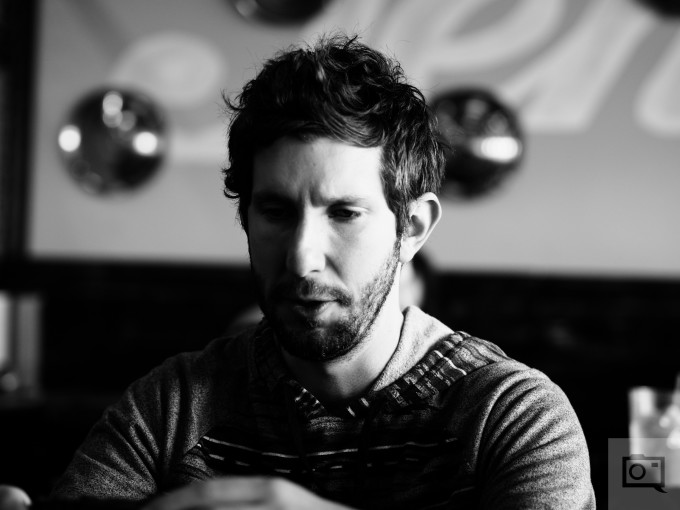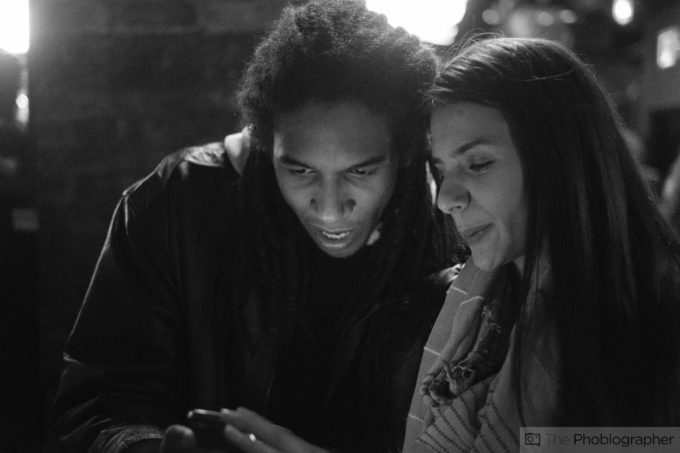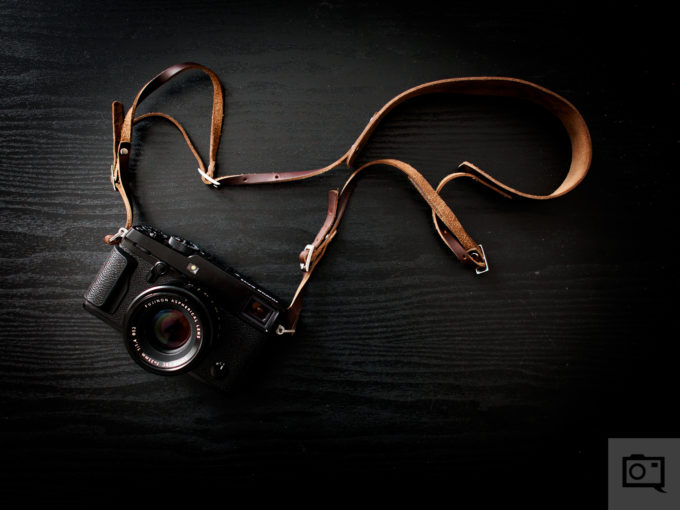Last Updated on 04/13/2016 by Chris Gampat
“Always shoot in RAW” is quite a good statement to live by; but with the incredibly beautiful black and white image renderings that more modern cameras can offer, it’s easy for even the toughest reviewers to be perfectly okay with the JPEG renderings of some newer cameras. Of course, this doesn’t mean that you should just shoot in JPEG necessarily, but considering the amount of really good black and white work currently out on the internet, it’s really tough to sit back and say that you’re going to go about willingly spending more time editing when you don’t necessarily have to.
To that end, who cares what you shoot if you’ve got a damned good photo?

For example, the Olympus Pen F does a fine job rendering Ilford Delta-like images; Fujifilm’s X Pro 2 has an Acros setting, and the new Panasonic GX85 has a special monochrome feature. Then consider one of the originals: the Leica Monochrom. Lots of photos from these cameras are killer providing that the person taking the image is actually a skilled picture taker! Why? It’s not because black and white is easy; it’s because most people can’t use color effectively. Too much color in a scene can overwhelm the eye. And if you can’t get it correct, who cares? Did you capture a really great moment that looks good? That’s all that matters in the end; there’s not a single reason to be uber critical of a moment otherwise.
What’s really cool now though is that you’ve got really decent black and white image renderings that may make you never care about editing in Lightroom if you’re good at metering and exposures. This goes even further when you consider Instagram: no one pixel peeps your photos there.
Here is the absolutely weird but ironic truth of the world: if you upload a high contrast black and white photo to the web you’ll have a varying combination of four people commenting on the image:
- Those who love it both artistically and technically
- Those who love it artistically but hate it technically
- Those who hate it artistically but love it technically
- Those who hate it artistically and technically
But that’s just an the odd world that the online photography culture has bred; which I don’t necessarily approve of. Unfortunately, the world tends to value science over art–ask someone if they’d rather go to the Natural History Museum or Carnegie Hall, and they’ll probably say the former. At least here in America, there is a much lesser emphasis on arts education but a stronger emphasis on science. to that end, we gravitate more towards the Discovery Channel vs the Ovation Channel.
In contrast, let’s think about it in real life. And instead of viewing through a screen, you’ve got a big 17×22 luster print with good lighting. Providing that the content is great, someone is bound to sit there and say that they love it.
Weird, right? The way that people perceive and express their opinions about images changes based on whether or not they’re online.
Now let’s get back to Black and White photos…
To that end, the idea of creating a black and white photo and thinking that it’s an overused and easy way of saving an image that could otherwise suck may sometimes disappear. Plus, if someone simply looks at an image they can’t necessarily tell if it was made with film, digital, whether you shot RAW, JPEG, etc. The reason for this is because we’re so much more used to seeing color photos vs black and white images. But if you truly embrace what a black and white film/color rendering can do, you’ll be so happy with that newer cameras are doing these days.
Still hate it? Considering that loads and loads of Instagram stars only shoot in black and white. Same with EyeEm, same with 500px, etc.




